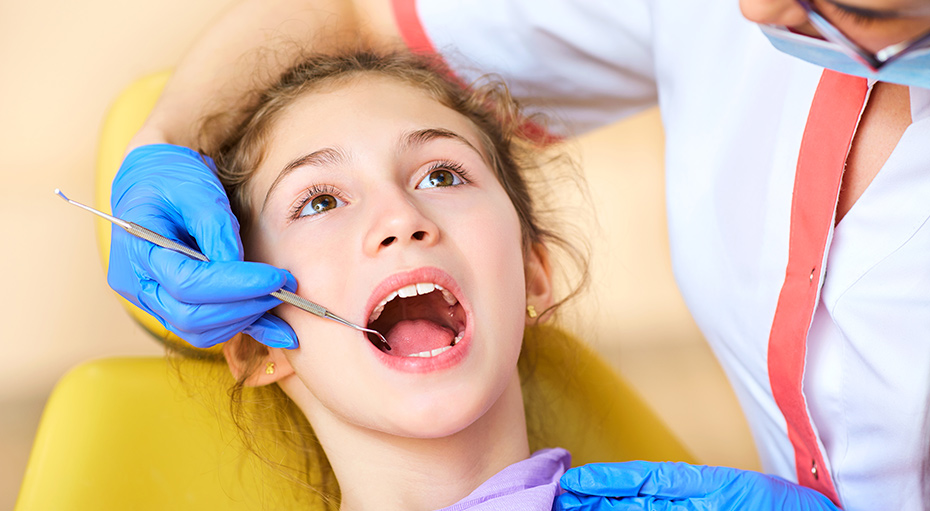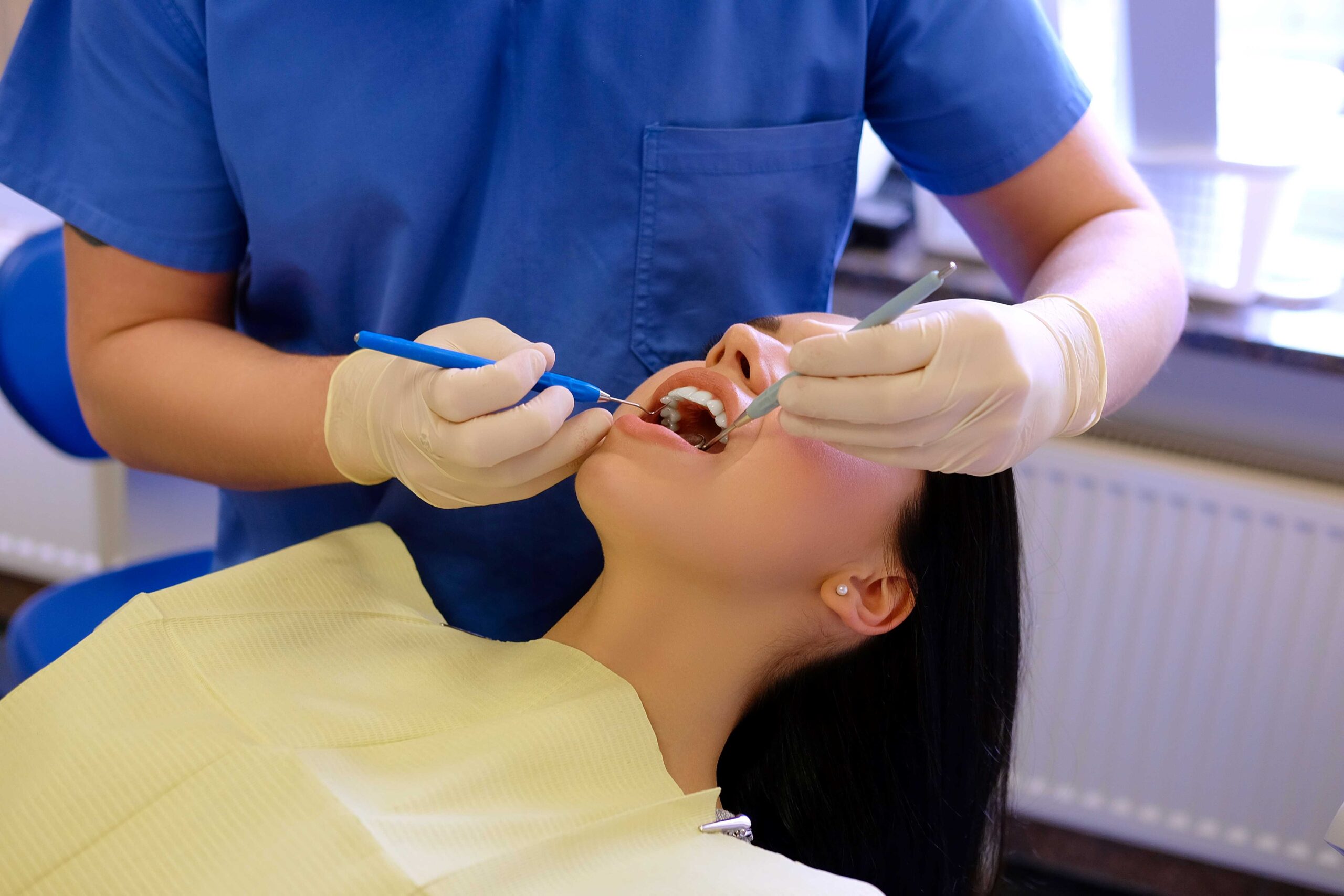The Only Guide for Legacy Orthodontics
The Only Guide for Legacy Orthodontics
Blog Article
The Legacy Orthodontics Statements
Table of ContentsThe Ultimate Guide To Legacy OrthodonticsThe Best Strategy To Use For Legacy OrthodonticsHow Legacy Orthodontics can Save You Time, Stress, and Money.Not known Details About Legacy Orthodontics Legacy Orthodontics Fundamentals Explained
In enhancement, we supply adjustable therapy timetables, versatile payment alternatives and a fun, satisfying experience.An orthodontist is a dental professional trained to identify, prevent, and treat teeth and jaw irregularities. They remedy existing conditions and are educated to recognize troubles that may create in the future. Orthodontists deal with individuals of every ages, from kids to adults. People usually associate an ideal smile with healthiness.
Malocclusion, or misaligned teeth, can cause oral issues, consisting of tooth degeneration, gum illness, and difficult or painful chewing. Not every person is birthed with straight teeth. If you have a bad bite or large rooms in between your teeth, you may wish to get in touch with a dental professional focusing on orthodontic care.
8 Simple Techniques For Legacy Orthodontics
( Photo Credit History: DigitalVision/Getty Images) Orthodontists utilize taken care of and detachable oral tools, like dental braces, retainers, and bands, to transform the setting of teeth in your mouth. Orthodontic therapy is for dental abnormalities, including: Crooked teethBite troubles, like an overbite or an underbiteCrowded teeth or teeth that are too much apartJaw misalignmentThe goal of orthodontic treatment is to boost your bite.
While you might think of orthodontists as primarily for kids or young adults who need braces, they can correct oral issues at any age. Orthodontists go to college, dental school, and orthodontic school.
All orthodontists are dental professionals, yet not all dental professionals are orthodontists. Orthodontic residency programs use extensive, concentrated instruction for oral specialists. They concentrate on 2 locations: How to appropriately and securely move teeth Just how to properly guide advancement in the teeth, jaw, and faceOnce an orthodontist has finished training, they have the alternative to come to be board certified.
All about Legacy Orthodontics
Malocclusion leads to tooth congestion, an askew jaw, or uneven bite patterns. Malocclusion is typically treated with: Your orthodontist attaches metal, ceramic, or plastic square bonds to your teeth.
Some people require a headwear to help relocate teeth right into line with pressure from outside the mouth. A retainer is a personalized device that keeps your teeth in area.
They can create additional space in the mouth without having to pull teeth. Orthodontists use cables, medical screws, or plates to sustain your jaw bone.
You may need to see an orthodontist if you have: Crowding or otherwise sufficient space for all of your teethOverbite, when your upper teeth come by your base teethUnderbite, when your base teeth are as well much forwardSpacing or concerns with gapsCrossbite, which is when your top teeth fit behind find more information your base teeth when your mouth is closedOpen bite or a vertical space between your front bottom and upper teethMisplaced midline, when the facility of your base and upper teeth don't align Fixing an oral malocclusion can: Make attacking, eating, and speaking easierImprove the symmetry of our face and your overall appearanceEase pain from temporomandibular joint problemsSeparate your teeth and make them much easier to cleanse, aiding stop tooth decay or cavities It's typically a dental expert that first notices misaligned teeth throughout a routine exam.
Little Known Questions About Legacy Orthodontics.

During your first orthodontic assessment, you'll likely have: A dental examPhotos taken of your face and smileDental X-raysPanoramic (360 degree) X-rays of your face and headImpressions to produce mold and mildews of your teethThese tests will help your orthodontist know how to continue with your therapy. leesburg orthodontics. An orthodontist is a dentist who's had training to treat your teeth and jaw
Orthodontists may carry out surgery, exams,X-rays,and more to help you attain an extra comfortable, much healthier smile. An orthodontist is concentrated on your bite, so something like a broken tooth would certainly be dealt with by a dental expert. Orthodontists are dentists but not all dentists are orthodontists. Orthodontists are concentrated on your bite, or the way your teeth meshed, and the straightness of your teeth.
Ever before asked yourself exactly how celebrities always appear to have completely lined up teeth? The solution commonly depends on the knowledgeable hands of an orthodontist. Yet just what does an orthodontist do? Orthodontists are oral specialists who focus on dealing with irregularities in the teeth and jaws. Their expertise exceeds simply creating an attractive smile; it extends to enhancing your overall dental health and wellness and function.
How Legacy Orthodontics can Save You Time, Stress, and Money.

, orthodontists have a varied toolkit at their disposal. These reliable braces use a system of braces adhered to the teeth and connected by cables.
Clear aligners, like Invisalign, are a popular choice for individuals looking for an extra very discreet therapy alternative. These detachable trays are custom-made to gradually move the teeth's placement. Headgear might be used along with braces or aligners to use additional targeted forces, specifically for correcting jaw discrepancies. In instances of narrow jaws, palatal expanders can be used to create room for correct tooth placement.
Report this page